BORT EpiContur® Epicondylitis Elbow Support with 1 silicone pad
$60.99 Original price was: $60.99.$45.99Current price is: $45.99.
Soft epicondylitis buckle to relieve the muscle origins at the ulnar and / or radial epicondyle
SKU# 022 500
Product specifications
– Soft epicondylitis buckle to relieve the muscle origins at the ulnar and / or radial epicondyle
– Made-to-measure form
– Ulnar and radial silicone pad, which can be freely positioned
COLORS: skin tone, blue
The MED-Plus concept
– Buckle pressure is individually adjustable
SIZES – Circumference of forearm
Size 0 8.3″ – 9.8″ inches
Size 1 9.8″ – 11.8″ inches
Size 2 11.8″ – 13.8″ inches
Can be worn on the left or right
What is Medial & Lateral Epicondylitis
Medial epicondylitis (also known as golfer’s elbow or thrower’s elbow) and lateral epicondylitis (also known as tennis elbow), are both types of elbow tendonitis that many people struggle with. Each condition is caused by overuse of the arm, especially during repetitive motion activities such as golf or tennis. This is why they are commonly known by those names!
Overuse or injury causes tiny tears in the tendon that connects your elbow to your wrist. These tears cause swelling of the tendon and pain. Medial epicondylitis is characterized by pain on the inside of the elbow and forearm, while lateral epicondylitis refers to pain on the outside of the elbow and forearm.
While these conditions are commonly known as golfer’s elbow and tennis elbow, they are not limited to athletes! Many jobs require repeated motions and can lead to an overuse injury like this.
Occupations that often lead to medial and lateral epicondylitis include:
- Painters
- Carpenters
- Butchers
- Cooks
- Assembly line workers
- Some types of musicians
Other forms of exercise like weightlifting can be the cause as well.
How to Diagnose Tennis & Golfer’s Elbow
Signs & Symptoms
Lateral Epicondylitis is characterized by:
- Pain and Aching. Located on the outside of your elbow. This pain may eventually radiate from the outside of your elbow into your forearm and wrist.
- Weakness. You may experience weakness in your wrist and hands.
- Trouble with Certain Movements. You may experience difficulty with gripping, lifting, and turning a doorknob.
Symptoms of golfer’s elbow (medial epicondylitis) include:
- Pain. Located at your inner elbow, radiating through your wrist and pinky. Pain may worsen when flexing your wrist toward your forearm.
- Weakness. You may notice weakened grip strength.
- Tingling or Numbness. It is not uncommon to experience a tingling sensation extending from your elbow into one or more fingers — usually your ring and pinky fingers.
- Stiffness. Many people experience a stiff elbow and difficulty moving at the elbow joint.
Epicondylitis Tests
Lateral Epicondylitis Test
- Bend elbow at a 90-degree angle by your side
- Face palm down
- Spread fingers apart
- With free hand, press down on middle finger
- This test is positive if you experience sudden outer elbow pain
Medial Epicondylitis Test
- Bend elbow at a 90-degree angle by your side with palm facing up
- With free hand, grab fingers
- Stretch fingers and wrist down toward floor at the same time
- Extend at elbow
- This test is positive if you experience sudden inner elbow pain
4 Treatment Options for Epicondyle Pain
Below we detail 4 treatment options for tennis and golfer’s elbow pain. However, we strongly recommend seeking the advice of a health care professional if you’re experiencing inner or outer elbow pain.
-
Wear an Elbow Tendonitis Strap for Epicondylitis
What Does It Do?
Our epicondylitis brace is designed to target, compress, and support the muscles that are causing your elbow pain or discomfort to provide relief and speed up recovery time. Shortly after beginning to wear this brace (along with plenty of the R.I.C.E treatment), it should help reduce the pain and discomfort you may be experiencing, as well as inflammation around the elbow, allowing you to return to the sports and daily activities you love.
How Does It Work?
The extensor muscles in your forearm are attached to your upper arm bone (humerus) at a small point called the medial/lateral epicondyle. When you take part in repeated motion activities that cause these muscles to pull, it can cause irritation to the epicondyle over time. This is the point where people feel pain or discomfort that we call medial or lateral epicondylitis . This brace works to compress your extensor muscles slightly below the epicondyle, moving the point of tension and preventing pulling on the epicondyle.
-
Perform Medial & Lateral Epicondylitis Exercises
The initial steps in treating lateral epicondylitis should include reducing inflammation and resting the irritated muscles and tendons. Ice and compression provided by an elbow strap may also help reduce inflammation and discomfort. Once the swelling subsides, you can begin gentle exercises to strengthen your forearm muscles and prevent a recurrence. Be sure to check with your doctor or physical therapist to determine when you are ready to begin epicondylitis exercises.
-
Try Tennis & Golfer’s Elbow Stretches
Medial epicondylitis (golfer’s elbow) stretch:
- Extend your arm in front of you with your palm down.
- Bend your wrist, pointing your hand toward the floor.
- With your other hand, gently bend your wrist farther until you feel a mild to moderate stretch in your forearm.
- Hold for at least 15 to 30 seconds. Repeat 2 to 4 times.
The best lateral epicondylitis (tennis elbow) stretch:
- Extend your arm in front of you with your palm up.
- Use your other hand to hold the fingers of your outstretched hand and bend it back toward your body until you can feel it in your inner forearm.
- Hold for at least 15 to 30 seconds. Repeat 3 to 5 times.
-
Consider Medial & Lateral Epicondylitis Surgery
Surgery may be considered if more conservative treatment options prove ineffective after 6 to 12 months. Open or arthroscopic surgery allows your surgeon to look at your elbow joint to ensure there is no other source for the pain and allows for the removal of damaged tissue from the bone. Most patients will never require surgery for tennis or golfer’s elbow.
Key Features & Benefits of This Medial & Lateral Epicondylitis Brace
-
Universal Fit
This brace can be worn on either arm and fits a variety of people including men, women, and children. Make sure to measure and check our size chart before ordering!
-
Compression Pad
This unique pressure system features 3 hard plastic compression pad to effectively target the muscle causing your discomfort and pain.
-
Works For Medial & Lateral Epicondylitis
This support band can be worn on the inside or outside of the forearm to target either medial epicondylitis or lateral epicondylitis.
-
Low-Profile & Lightweight
The thin, low-profile design of this brace is perfect for casual day-to-day wear. It can be worn under clothes, and the breathable elastic material prevents sweating.
-
Easy Wrap-Around Design
The wrap-around design of this armband allows it to be quickly and easily applied and adjusted throughout the day.
-
Medical-Grade Materials
This brace is crafted from high quality, medical-grade materials including a soft elastic fabric, strong hook and loop fasteners, and hard foam pad.
-
Easy To Clean
This brace can be machine washed and air-dried.
Frequently Asked Questions About This Elbow Strap for Epicondylitis
- What conditions/injuries does this brace treat? This brace helps treat both medial epicondylitis (golfer’s elbow) and lateral epicondylitis (tennis elbow).
- How does it work? This band works to compress the extensor muscles in the forearm and prevent them from pulling on the medial/lateral epicondyle, which causes pain/discomfort.
- Who can wear these braces? This brace is a universal fit, meaning it fits most adult men, women, and children. Make sure to measure and check the sizing chart before ordering!
- How do I measure for this brace? Using a soft tape measure, check the circumference of your forearm and see if it falls within the suggested range for this brace.
- When should I wear it? This brace can be worn anytime throughout the day, especially during repetitive motion activities that might irritate your elbow.
- Can you wear it on either arm? Yes, this comes with one brace that can be worn on either arm.
- What is it made of? These braces are made from a soft elastic material with medical-grade hook and loop fasteners and hard plastic pad.
- How do I put it on? To apply this brace start by undoing all the fastener. Place the compression pad directly over the affected area. Wrap the strap around your forearm and feed it through the plastic D-ring. Tighten the strap and attach the fastener to secure.
- Dimensions: Brace is 13.5” long and 1” wide, and ⅛” of an inch thick. Compression pad is ½” thick. Brace weighs around half an ounce total.
- Washing Instructions: This brace can be hand washed with mild detergent and air dried. Do not use high temperatures to wash or dry.
- Other features:
- Unique compression pad applies one-of-a-kind, targeted compression to the muscles of your forearm.
- Wrap-around design is quick and easy to apply and adjust
- Can be worn under clothes comfortably
- Color: Black.
| Weight | 0.5 lbs |
|---|---|
| Indications |
Only logged in customers who have purchased this product may leave a review.

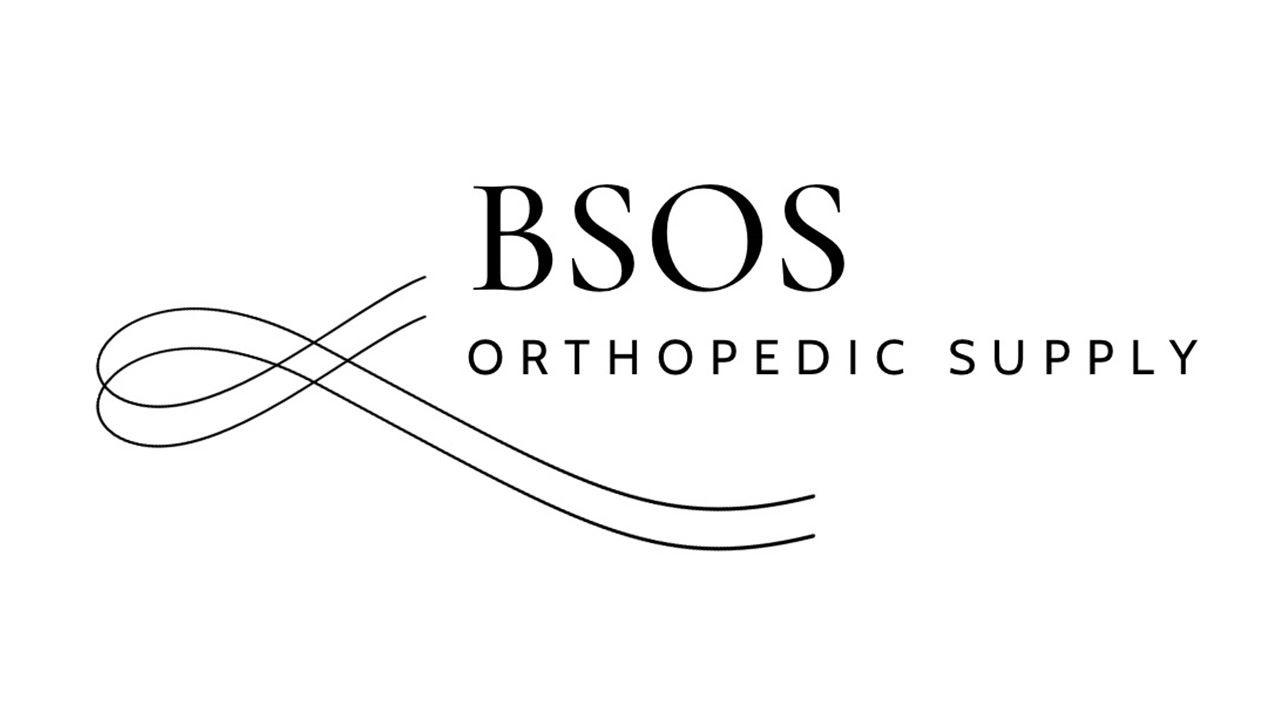
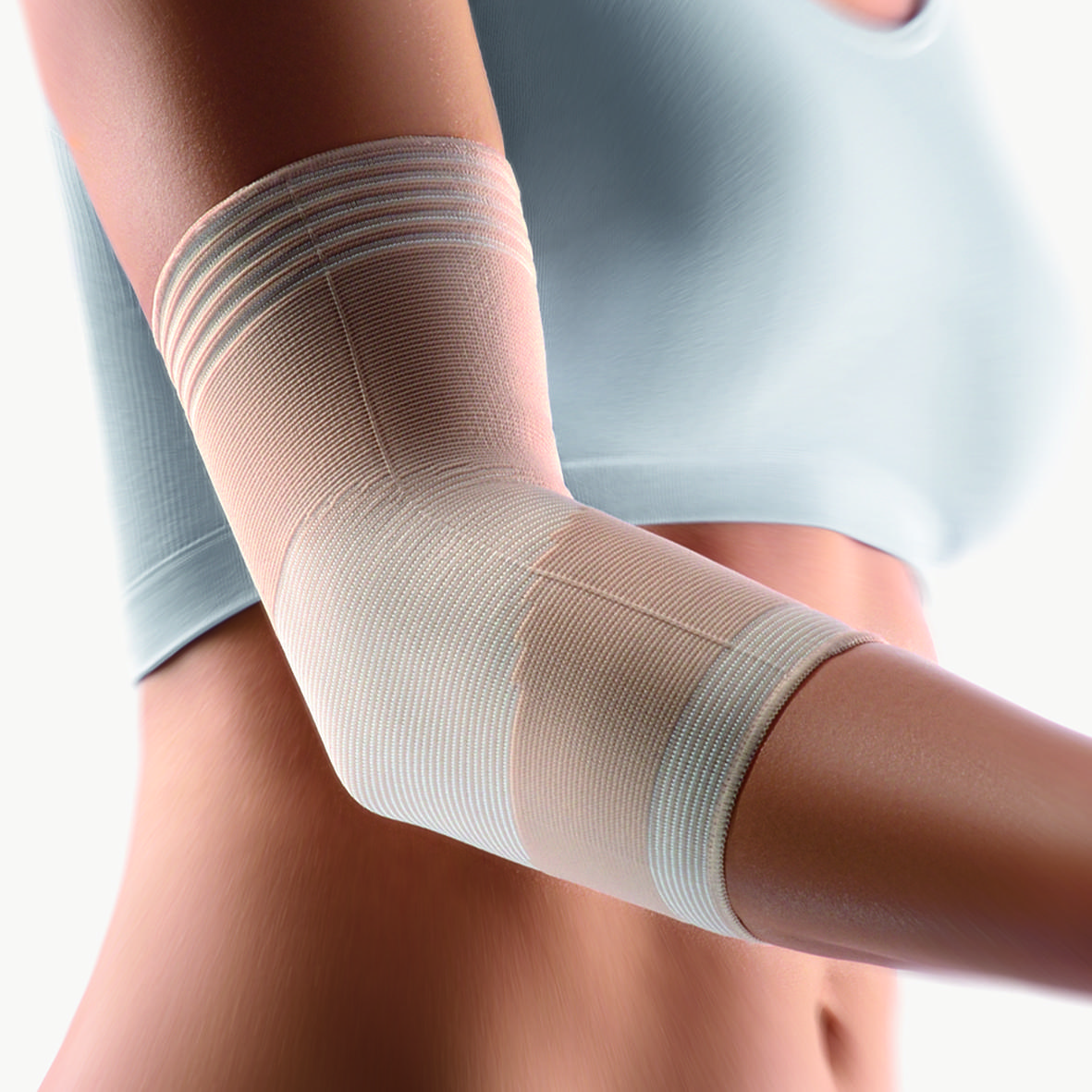
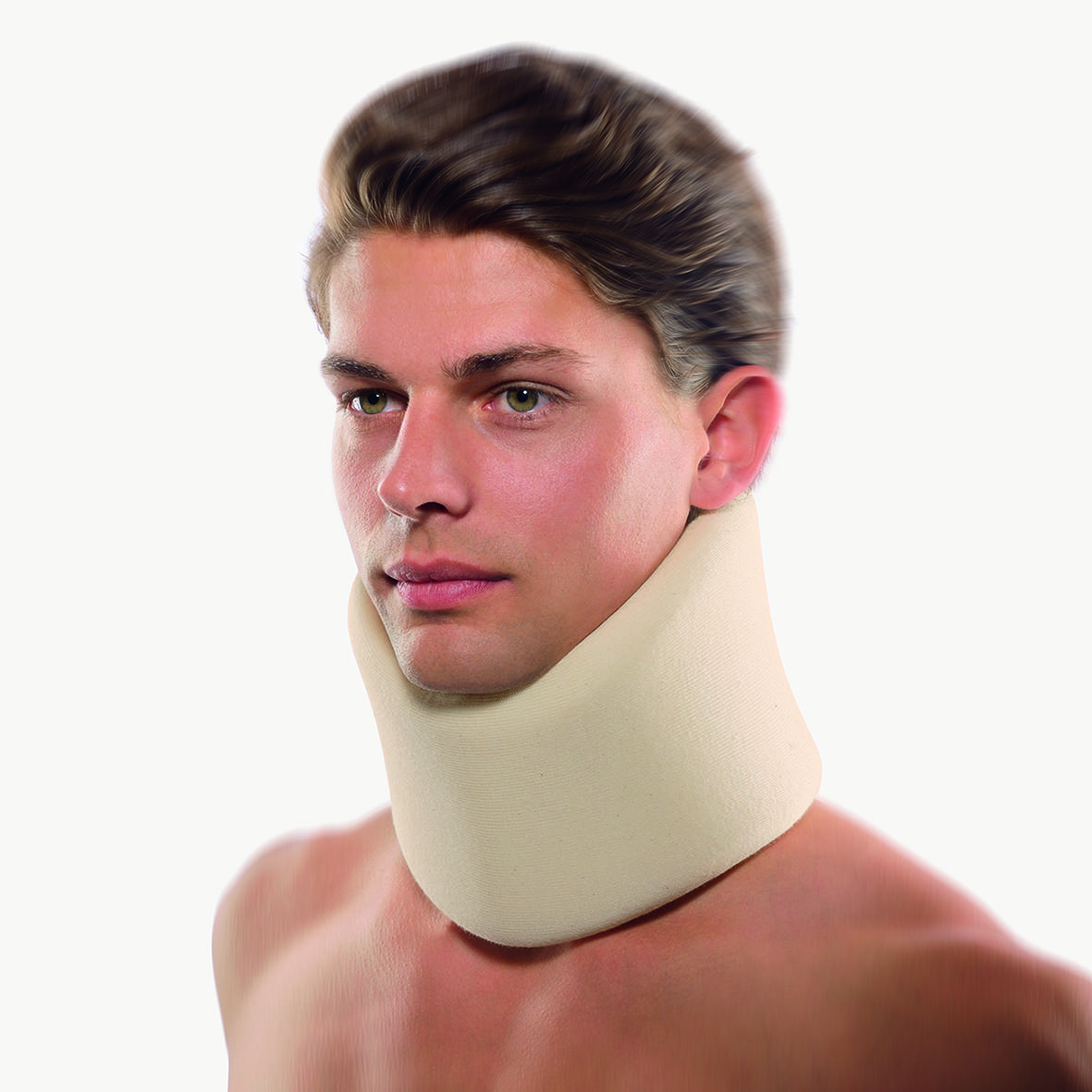

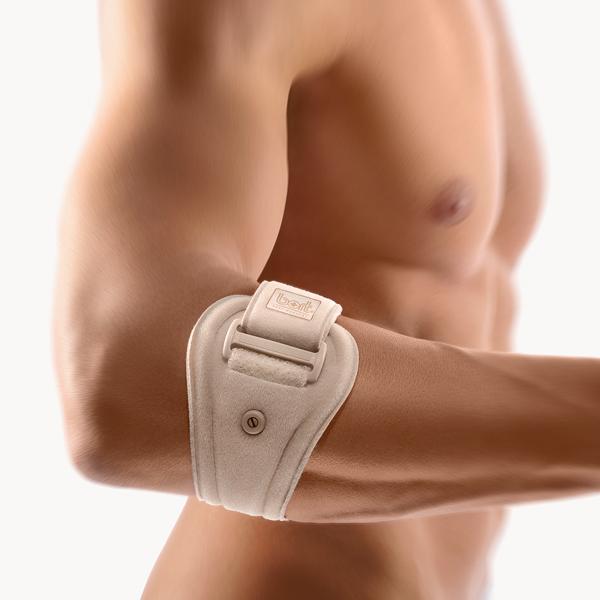
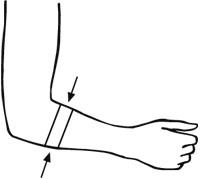
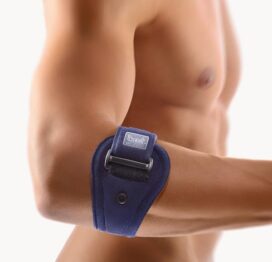
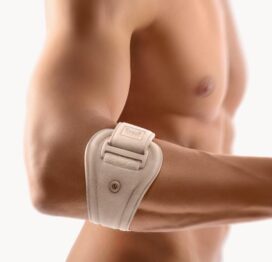
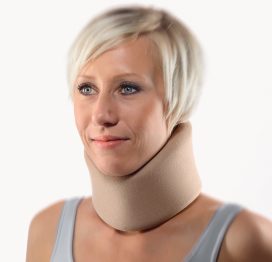
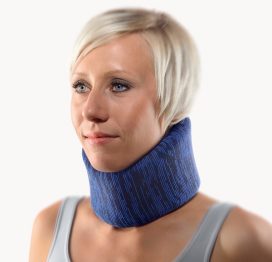
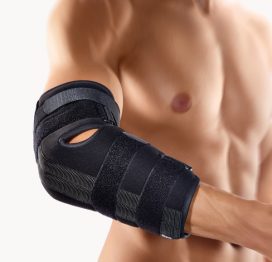
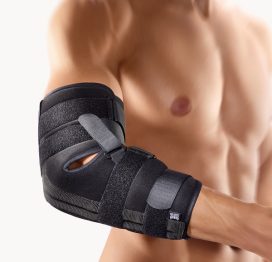
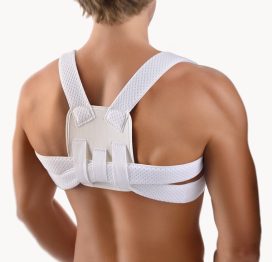
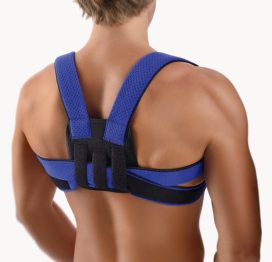
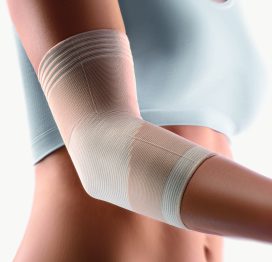
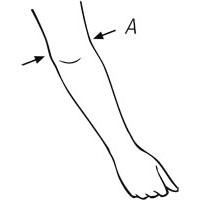
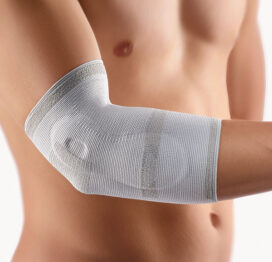

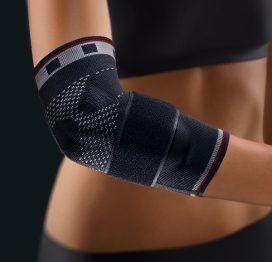
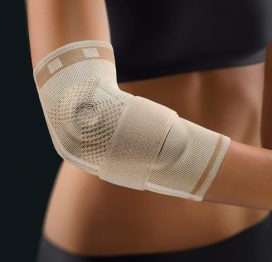
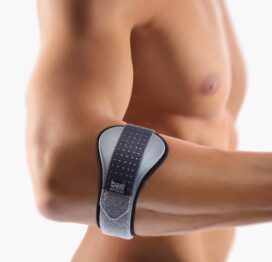
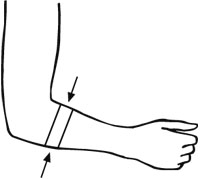
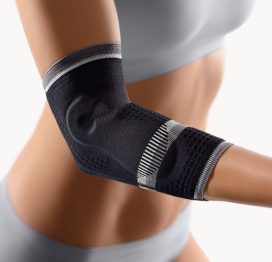

Reviews
There are no reviews yet.